Mosaic is a traditional and powerful decorative means, which has become a highly expressive art form in modern decoration.
As the smallest decoration material, the shape is not limited to long or square.
Mosaic is a great way to use color change.
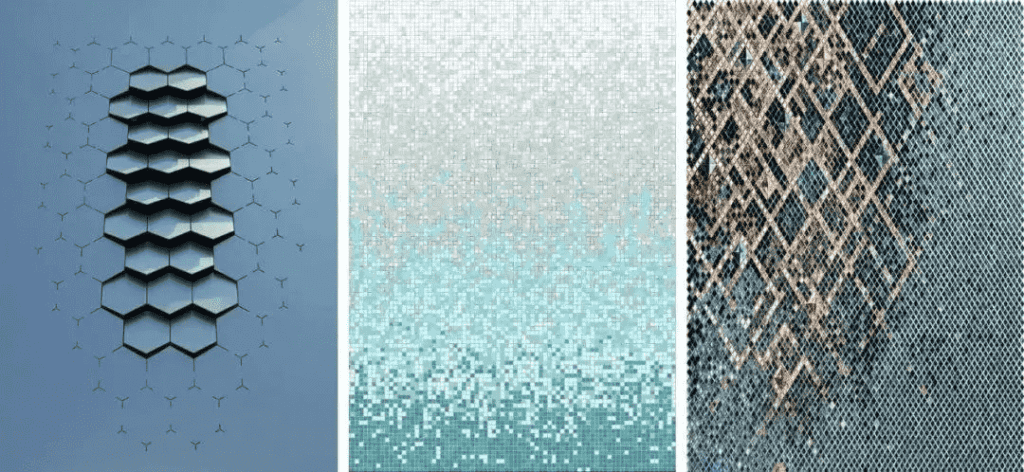
However, many people still have misunderstandings about mosaics.
For example, mosaics are pasted one by one…
Today, let’s talk about mosaics, mainly to solve the following problems:
1. What is mosaic?
2. What is the construction technology of mosaics?
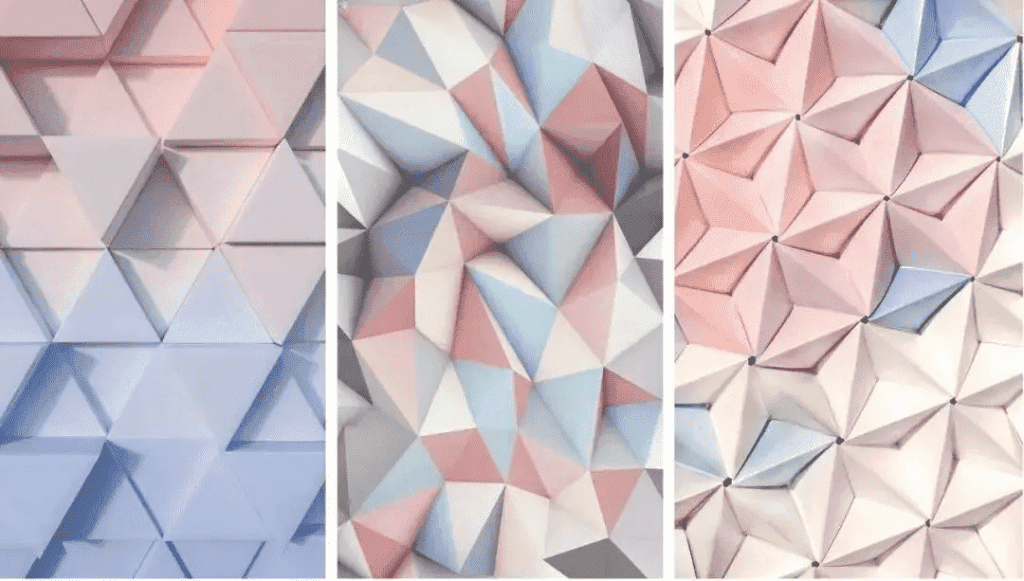
-What is mosaic?-
Mosaic can be said to be the smallest decoration material.
The shape is no longer limited to square and rectangle.
Because of this, their combination can be changeable.
Based on the innovation of design, people combine mosaics of different colors, specifications, and shapes to reflect the needs of the personality
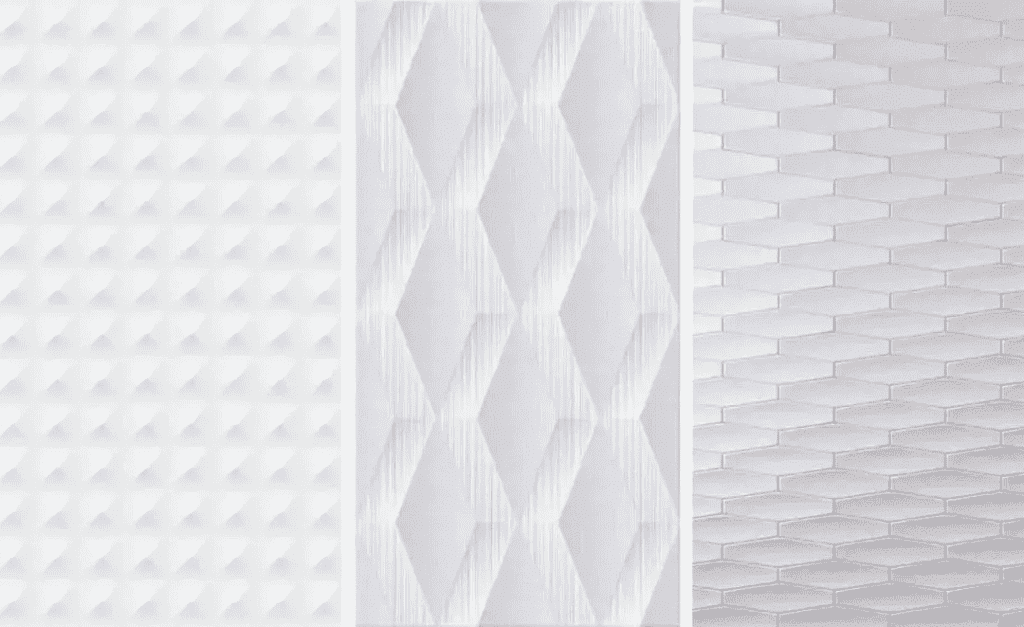
According to different materials, mosaic tiles can be divided into different categories
Marble (stone) mosaic
Marble mosaic is made of natural stone through special technology, and it does not add any chemical dyes.
The central marble mosaic well retains the unique ancient and simple color of the stone itself.
This natural marble mosaic makes people place themselves in a space constructed of simple color and excellent natural texture.
It will naturally forget the flashiness and noise in reality and taste the truth and simplicity in this space that blurs the time.

Ceramic mosaic
Ceramic mosaic is a relatively old and traditional mosaic.
Ceramic mosaic, among other dazzling generous ceramic tiles, its a fine and exquisite posture, and its retro and elegant style are more conspicuous.
The surface of some ceramic mosaics is polished and irregular edges are formed, resulting in the erosion of years, to shape the sense of history and nature.
This kind of mosaic not only retains the simplicity and massiness of pottery, but also the delicacy and luster of porcelain.
The highlight lies in its profound cultural connotation.
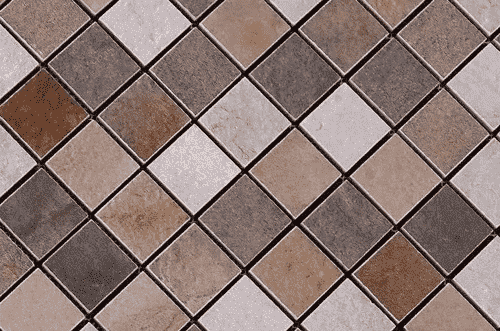
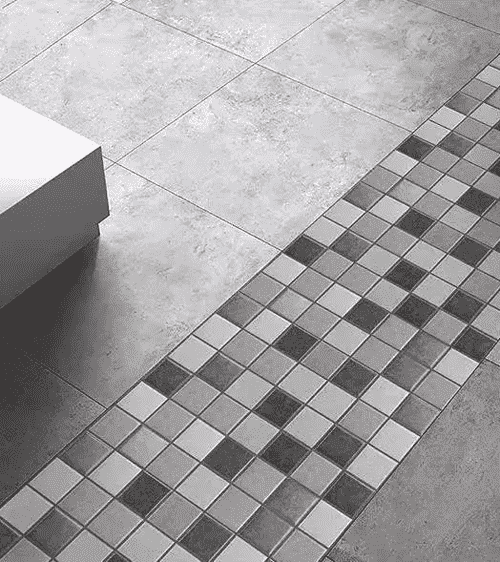
Glass mosaic
Glass mosaic is also called glass brocade brick or glass paper brick.
It is a kind of small-sized colored decorative glass.
A glass mosaic is made of natural minerals and glass powder.
It is not only the safest building material but also an outstanding environmental protection material.
Glass mosaic has two basic characteristics: one is transparency, and the other is reflection. It has bright colors and a better graphic effect. Its dreamy color gives people clean and clear enjoyment.
It can be widely used in bathrooms and swimming pools, but it is not wear-resistant and rarely used on the general ground.
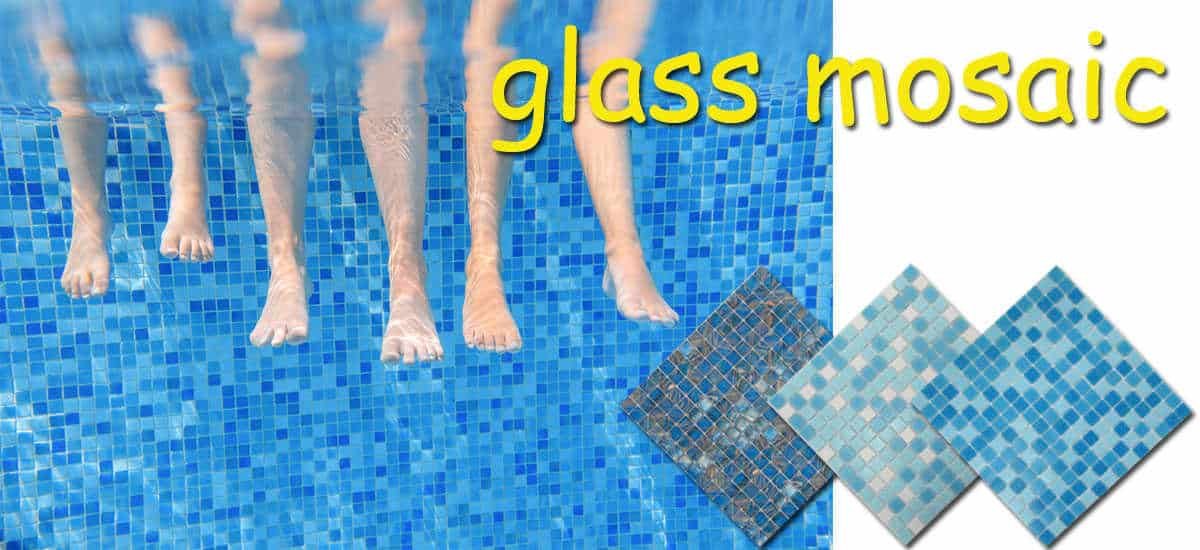
Metal mosaic
It has high hardness, strength, light retention, light covering, and other properties.
It is a classic work of mosaic.
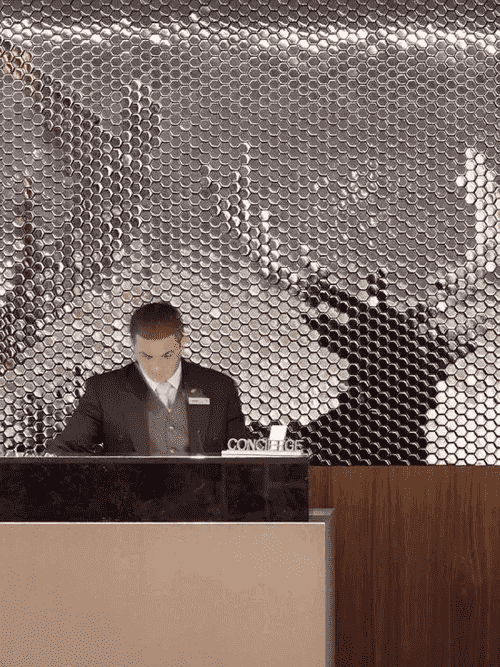
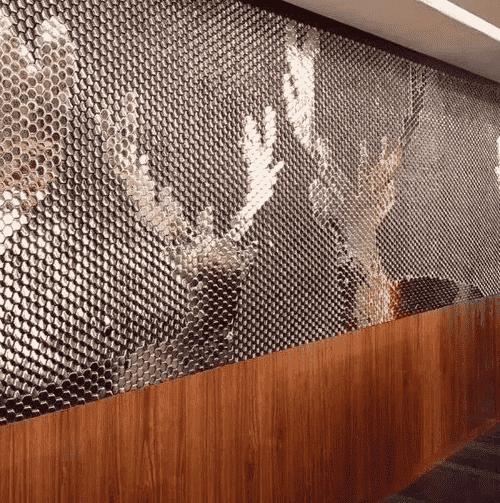
Shell mosaic
Natural shells are made by cutting, planning, and dyeing with special technology.
It feels smooth and exudes the breath of nature.
The surface is crystal, colorful, noble, and charming.
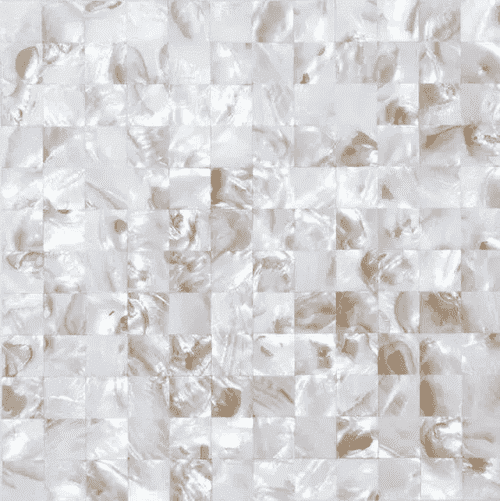
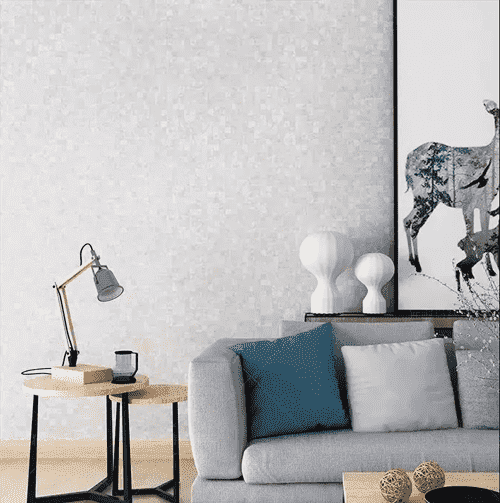
-Construction technology of mosaic-
Mosaic technology is mainly divided into two types: paper mounted and mesh-mounted.
There is little difference between the two.
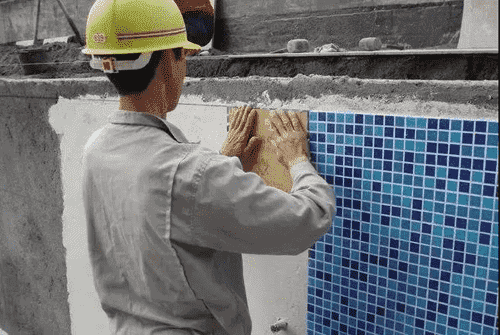
Paper mounted △
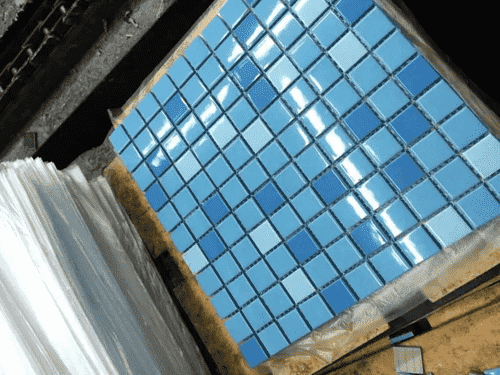
Mesh mounted △
Next, let’s take the common mosaic process with paper mounted as an example to explain the mosaic process.
Process flow: base course treatment → plastering → making reinforcement → dividing and snapping lines → wetting base course → tiling → wetting face paper → uncovering paper and adjusting joints → wiping and cleaning joints.
1. Base cleaning
After the wall is cleaned, it should be noted that the very smooth base course needs to be “roughened”.
Moreover, the base course shall be primed with 1:3 cement mortar, and the wall shall be flat and clean.
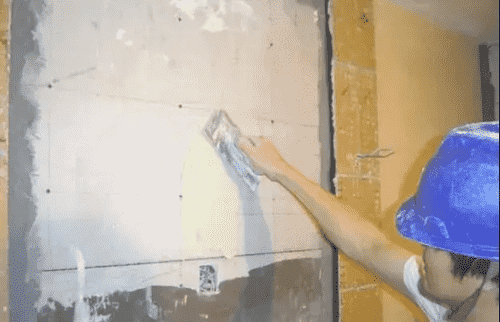
2. Paste ash cake and make screeding
Hang vertically, find rules, paste ash cake, punch, and hang vertically.
One thing to pay attention to here is that when looking for rules, the arrangement method of brick veneer shall be symmetrical with the windowsill, waistline, external corner vertical edge, and other parts of the wall, and the indoor ground block material shall be paved squarely, to strive for the overall perfection.
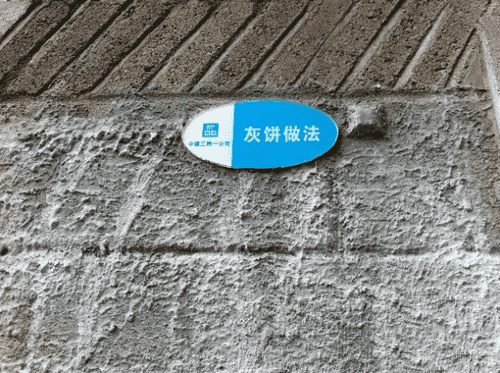
3. Grid snapping the line
The division snapping line shall be determined according to the design drawings, and bricks of the same classification and specification shall be pasted on space, a whole wall, and a column.
The arrangement of bricks should start from the inner corner and stop at the outer corner, that is, closing.
Start from the ceiling and stop on the ground (closing).
In addition, pay attention to arranging the pattern variation boundary and vertical and horizontal control lines.
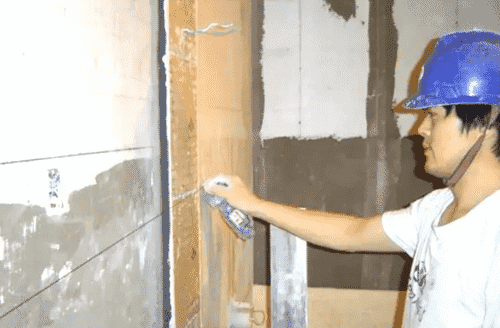
4. Wet base
Before tiling, the base course of the wall shall be watered and wetted, and the cement slurry shall be brushed once, which shall be brushed along with the paving.
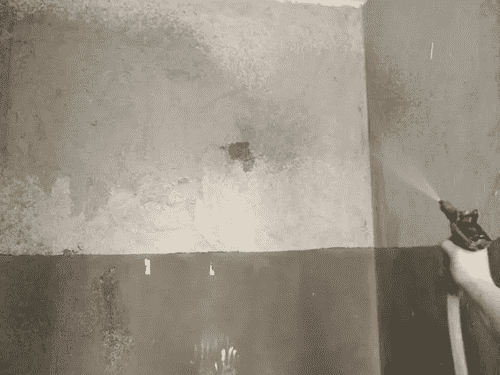
5. Tiling
When tiling, wipe the dust on the surface of the mosaic, fill the seams of the mosaic with white cement paste and paste it on the wall.
After the brick is pasted, it needs to be compacted with an iron trowel to make it stick firmly and corrected.
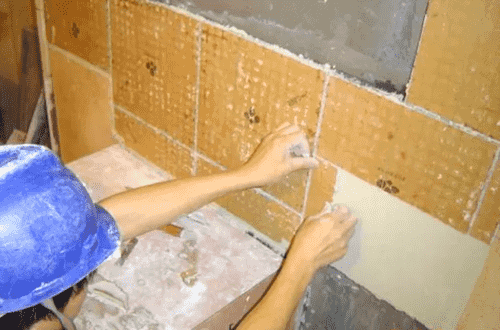
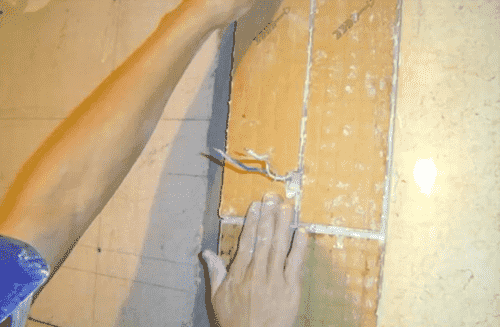
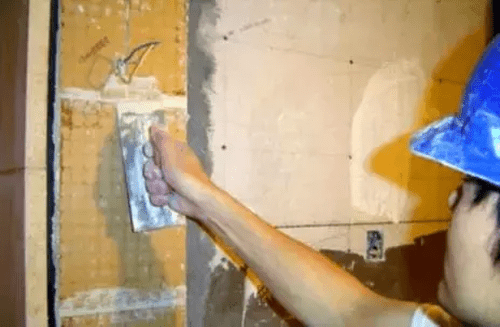
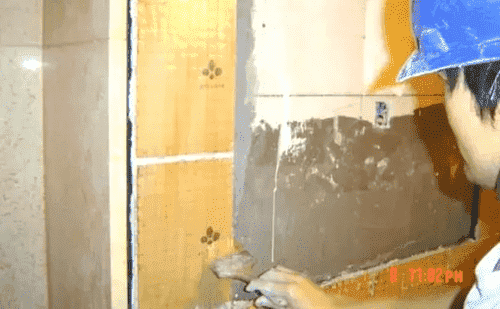
6. Wetting paper
After the mosaic is firmly pasted, you can dip water with a brush and wipe the paper surface on the surface of the mosaic, so that you can use it to peel off the paper.
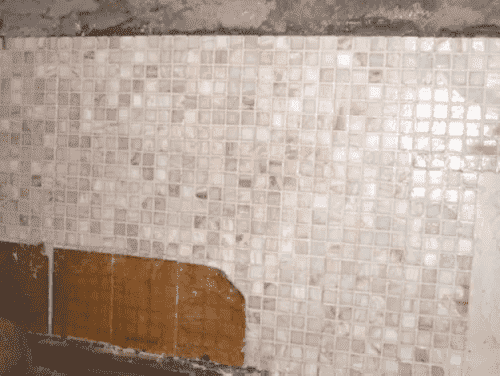
7. Wipe seam
After the paper cover on the surface is removed, the remaining paper wool and excess cement in the pasting process also need to be cleaned.
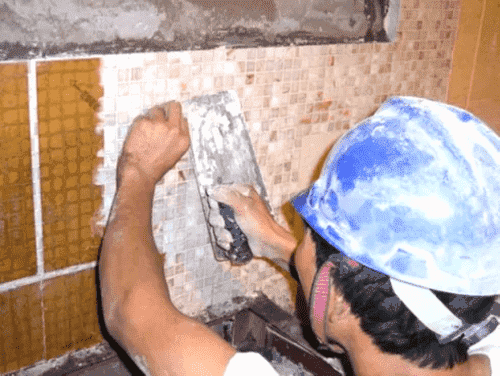
Finally, fill the gap with white cement and wipe the brick surface with cotton yarn or cloth.
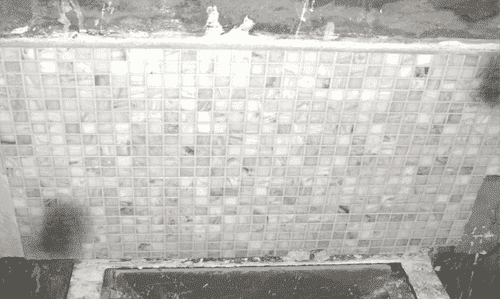
The construction of a mesh-mounted mosaic is not different from that of a paper-mounted one.
The process flow is as follows: base course treatment → plastering ash cake → making reinforcement → dividing and snapping lines → wetting base course → tiling and joint cleaning.
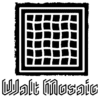
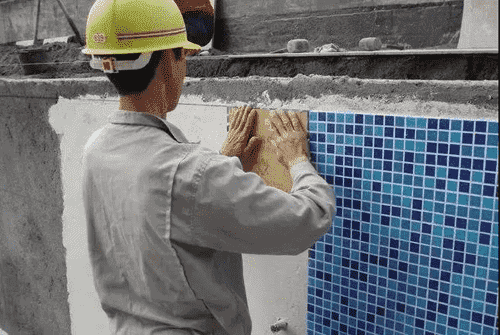
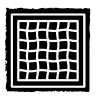

One Response
Very nice blog post. I absolutely love this website. Keep writing!